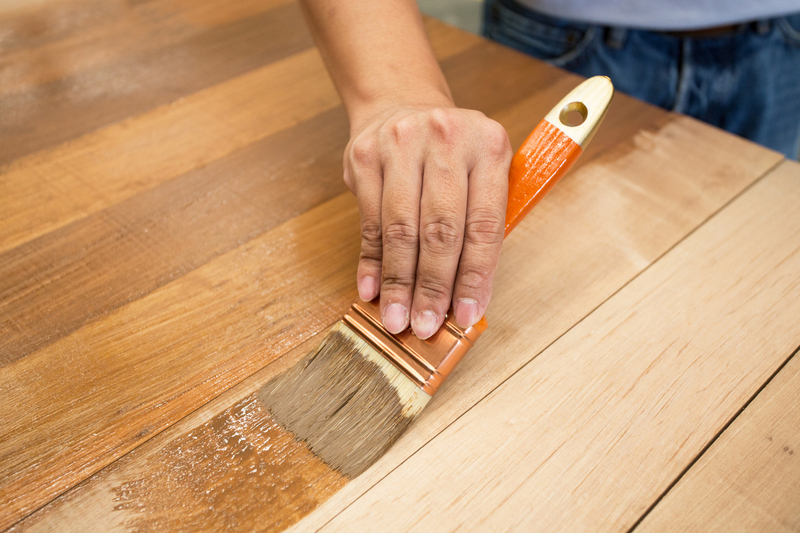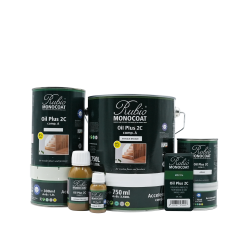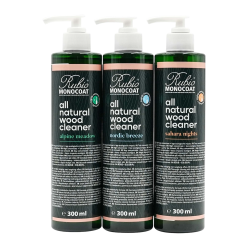
How to Oil & Care for Your Wooden Chopping Board
In this article, we’ll explore how to oil and care for your wooden chopping board to keep it in great condition.
Wooden chopping boards are a staple in kitchens both at home and in professional settings, used not only for their functionality but also for the warm, natural look they bring to a kitchen countertop. Unlike their plastic counterparts, wooden boards can last a lifetime with proper care. Their design and timeless aesthetic make wooden chopping boards well worth preserving.
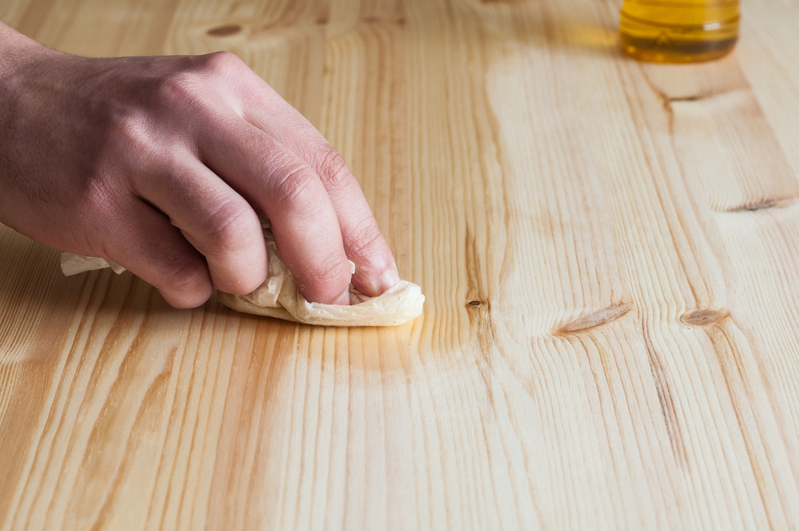

Daily Maintenance
Daily maintenance can go a long way to keeping your wooden chopping board in good condition. After each use, make sure that you clean your wooden chopping board to prevent bacteria buildup and extend its lifespan. Use a soft sponge to gently wipe down the board. Rinse it thoroughly with clean water.
Avoid submerging your wooden board in water or leaving it in the sink for an extended period. Prolonged exposure to water can cause the wood to swell and eventually crack as it dries. After wiping, dry the chopping board immediately with a clean towel. Then, set it upright to allow air to circulate and further dry the wood.
Regular Care and Conditioning
Regular care helps maintain the chopping board's integrity and appearance. Oiling the wood prevents it from drying out and cracking, and it also creates a barrier against moisture and odours.
For optimal wood care, opt for food-safe oils - specifically products safe for wooden kitchen tools like Oil Plus 2C.


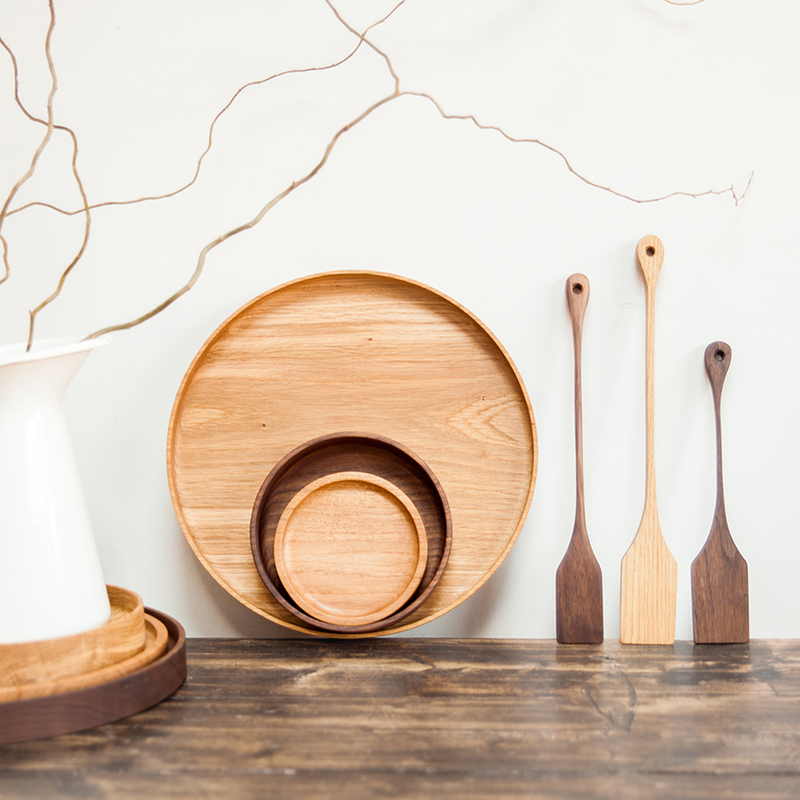

How to Apply Oil to Your Chopping Board
Begin by ensuring your chopping board is clean and completely dry. Apply a small amount of oil using a clean, soft cloth. Let the oil soak in for five to ten minutes. Wipe off any excess oil with a lint-free cloth. The oil will be dry within 12-24 hours. Avoid using any water or cleaning products on the board for five days, when it is fully cured.
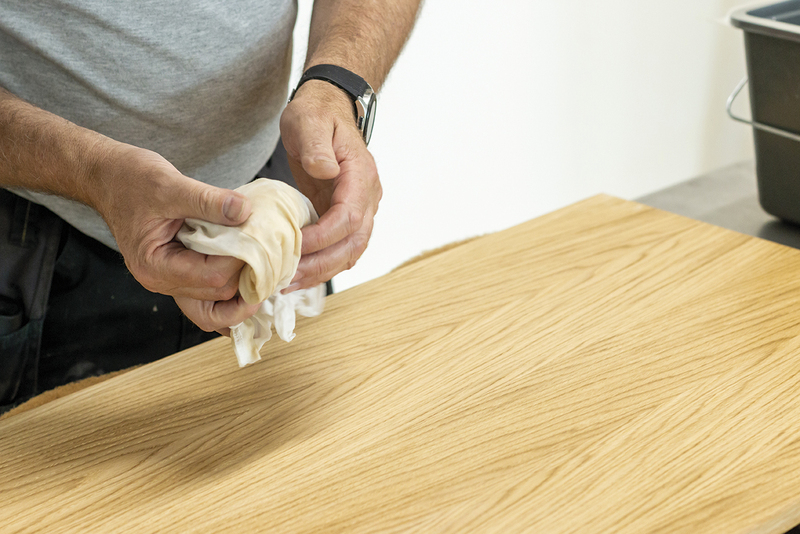

Repairing Damage
Over time, your chopping board might show signs of wear, such as scratches or small cracks. These are often repairable with a bit of sanding to bring it back to its original lustre.
If the damage is superficial, using fine-grit sandpaper can smooth out most scratches and imperfections. Always sand in the direction of the grain to avoid further damage. After sanding, clean the board with our Cleaner to remove all sawdust. You can then reapply Oil Plus 2C in the affected area.
Do's and Don'ts with Your Wooden Chopping Board
So, let’s quickly recap what you should and shouldn’t do when oiling and maintaining your chopping board. Below are a few do’s and don’ts that you should keep in mind:
Do:
- Wipe down the board immediately after use.
- Dry thoroughly and store vertically.
- Care for regularly with the right oils.
- Sand down minor imperfections when necessary.
Don't:
- Don’t soak the board in water or put it in the dishwasher.
- Don’t leave the board in direct sunlight or near heat sources.
There are also a few other things you can do to get the most out of your chopping board. Regularly rotating your board can ensure even wear and tear. Also, having multiple boards for different uses (e.g. one for meat and another for vegetables) can prevent cross-contamination and extend the life of each board.
Proper care helps to extend the life of your wooden chopping board and also enhances its appearance and functionality. With these practices, your board can continue to be a centrepiece of your kitchen’s culinary tools for years to come.

